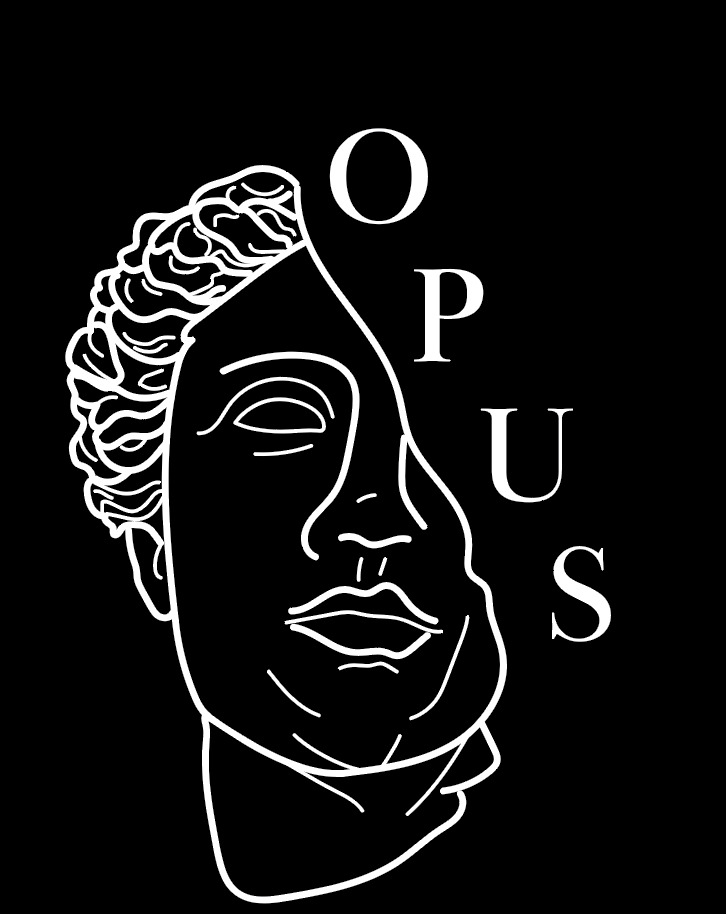Paying Attention
—With excerpts from “The Gift of Scoliosis” by Debra Ordes
1
May was the month of sorting. I turned out my desk drawers, moved my bookshelf, recruited my mother’s help to replace the adolescent turquoise on my walls with a calm alternative called “Baby Fawn.”
Hours into rearranging, I came across papers from spinal surgery, years ago. A rubber-banded pile of notes, physical therapy modifications, and prayers sat forgotten in the lower left drawer. On wrinkled, lined paper, I found my grandmother’s handwriting; I don’t remember her being there then but I know the way she curls her letters. These smeared ink-covered notes include a record of gifts from neighbors down the street, my ex-boyfriend, strangers from church, my aunt and uncle who are separated now.
I try to remember if I got around to writing thank you notes before I forgot what was in the bag of goodies, meal drop-off, and family game set.
2
At some point that year before surgery, my grandmother gave me a book titled The Gift of Scoliosis. She likes reframing things, pain into bearable blessings. The book outlined the author’s experience with scoliosis and continued into a poorly edited narrative of her “journey.” My siblings and I mocked the generic tips offered by its pages.
3
Introduction
Learning how to deal with the many complexities this spinal deformity can impose often becomes second nature to me daily. It is my hope that this book will reveal some answers to those gnawing anxieties that often plague the minds of individuals and their families during their journeys.
4
I was diagnosed with scoliosis at age 7. After an early appointment with the doctor who would, in my teenage years, become my orthopedic surgeon, he told me that he would sit in the swirly office chair until I came back a whole year later. It shocked me that he might be so patient to wait there.
At every meeting after that, his appearance remained unchanged. I considered it a universal unfairness that his body could be so unaffected by the same amount of time that twisted my spine.
5
I realized something when going through the contents of my room with other people’s lists, letters, and liturgy: in seasons of hardship and trauma, I let others do the talking. That is why this is the first time I am writing this.
6
Discovery: Pivotal moments in our lives are ones that change the path of our future.
Orthotic devices can be very effective and are designed to halt progression, not make the spine straighter. There are many cases where the brace is successful, especially when upon application of the brace the curve is between 25 and 40 degrees in a skeletally immature patient.
7
Deeper in the drawer, I found stapled notes from pre-surgery preparation. The front page, dated a year and a half before my procedure, has my questions scribbled in pink ink:
How long after the surgery will I be able to run around?
Will I ever have to get another surgery?
Will I throw up?
The next page, a list from my dad:
What kind of rods do they put in?
What is the material made of?
How long do the rods stay in her back?
The last page, appointment notes from my mom: (brace) it wasn’t a waste; she did what she could.
8
What inspired me to want surgery was pain.
9
“Baby Fawn” proved to be a weak substitute for covering the bright walls. After multiple days and coats, we compared the walls in morning and evening light and guessed that one more full coat would do it.
As the last splotches of teal disappeared, we celebrated by cleaning our brushes and putting furniture back in place.
We did the best we could! we laughed.
10
Some Guiding Principles
Choose an orthopedic spine surgeon who “specializes” in scoliosis to provide an initial evaluation, accompanied with x-ray images, proper measurements of the curvature and future guidance to include monitoring, conservative care, bracing or surgery.
Education, research and a great attitude are three key ingredients for success in the process of facing challenges and making proper decisions.
11
I can still remember gravity’s pull of a heavy, hot tear from my eye as my parents prayed over me before I entered the operating room. My left foot itched under the hospital sock and I didn’t know if I needed to pee out of necessity or fear.
You are a precious lamb of god, mom whispered.
12
Like residue from the bright paint color of my youth, remnants from surgery include: a high pain tolerance, grit, and love listed out and stowed away.
13
While we cannot discount the fact that some back pain is caused by scoliosis, we can truly help minimize the cycle of pain by simply paying attention.
By Rachel Johnson


Leave a Reply